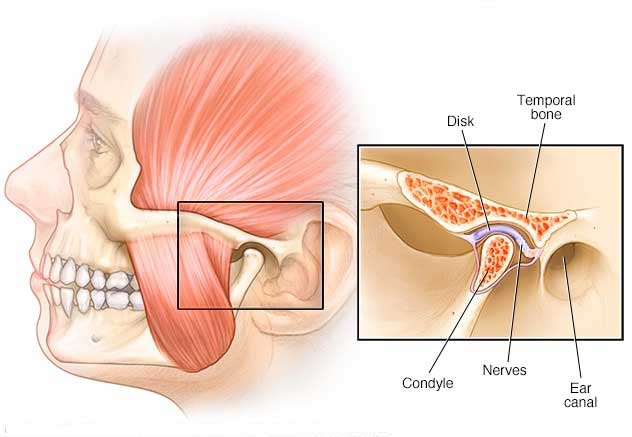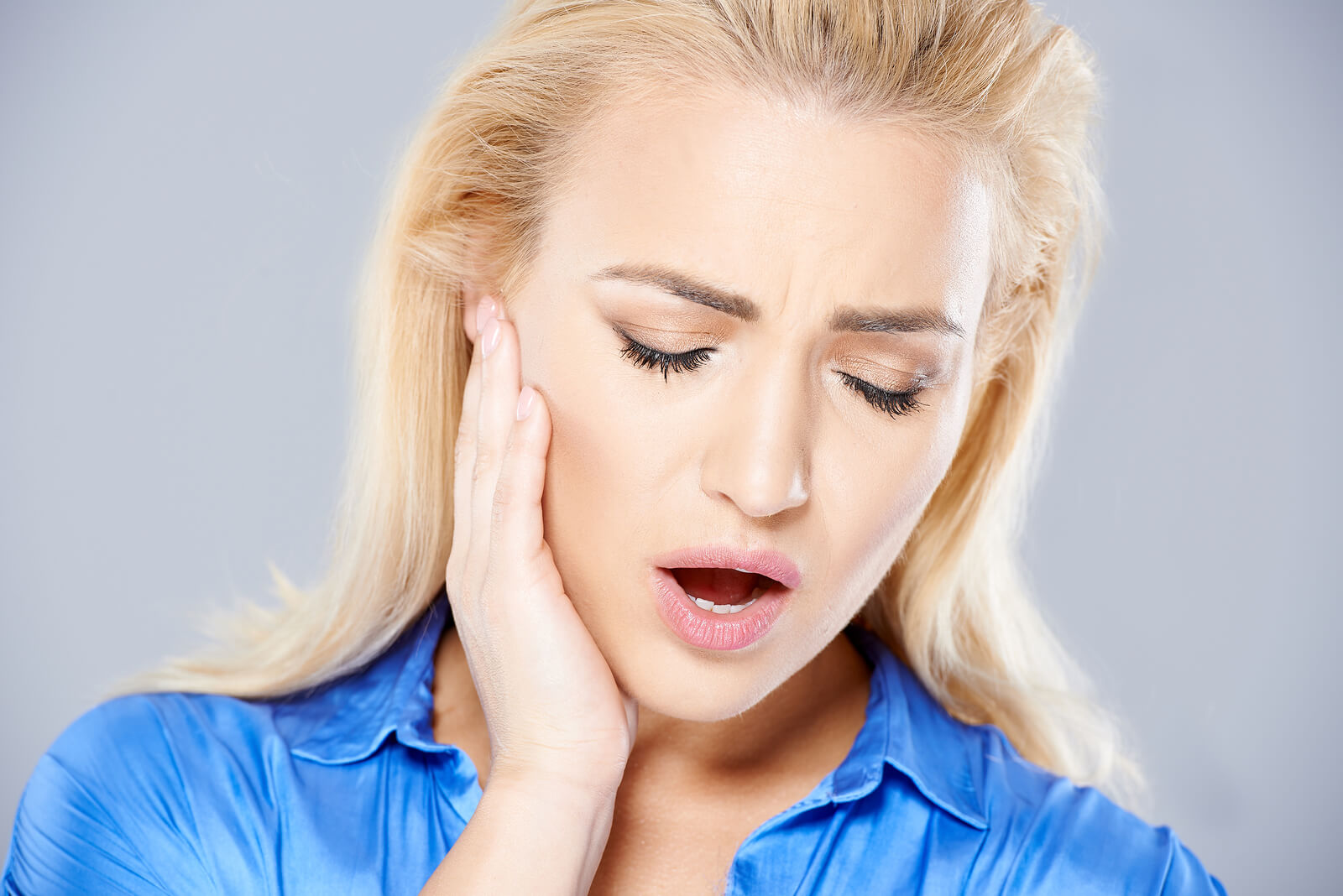What Is TMJ/TMD?
The temporomandibular joint (TMJ) is a small joint located in front of the ear where the skull and lower jaw meet. It permits the lower jaw (mandible) to move and function.
Temporomandibular disorders (TMD) are not uncommon and have various symptoms. Patients often complain of ear pain, headaches and limited jaw movement. They may also complain of popping, clicking or grating sounds in the joint and feel pain when opening and closing their mouth.
HPI® focuses on difficult TMJ and TMD cases as well as the hard to detect conditions. We are a leading provider of TMJ diagnosis and treatment and are led by our highly distinguished doctors in treatment of a wide variety of causes of head pain, including TMJ and TMD.
The TMJ is a hinge and gliding joint and is the most consistently used joint in the body. The round upper end of the lower jaw, or the movable portion of the joint, is called a condyle; the socket is called the articular fossa. Between the condyle and the articular fossa is a disc made of cartilage that acts as a cushion to absorb stress and allows the condyle to move easily when the mouth opens and closes.
There are two basic types of TMD: Myogenous (muscle generated pain) and Arthrogenous (jaw joint generated pain). The pain may arise suddenly or progress over months to years with intermittent frequency and intensity.

Common Causes of TMJ Problems
Arthritis from an injury or from grinding the teeth at night.
Arthritis, a form of degenerative joint disease, can develop in the TMJ. This can lead to pain, tenderness, and limited jaw movement.
Displacement or dislocation of the disc that is located between the jawbone and the socket.
A displaced disc may produce clicking or popping sounds, limit jaw movement (locked jaw), and cause pain when opening and closing the mouth. In some cases of TMJ disorders, the disc is displaced, which removes the cushioning effect between the “ball” and “socket” and can result in tenderness and pain in the joint.
Development of a hole or perforation in the disc due to arthritis, which can produce a grating sound with joint movement.
Other conditions such as trauma or rheumatoid arthritis can cause the parts of the TMJ to fuse, preventing jaw movement altogether.
Do You Have a TMJ Disorder?
- Are you aware that you grind or clench your teeth day or night?
- Do you wake up with sore, stiff muscles around your jaws?
- Do you have frequent headaches or neck aches?
- Does the pain get worse when you chew?
- Does stress make your clenching or pain worse?
- Does your jaw pop, click, grate, or lock when you open your mouth?
- Do you have any ear pain or feeling of ear fullness?
- Is it difficult or painful to open your mouth, eat or yawn?
- Have you ever injured your neck, head or jaws?
- Have you had problems, such as arthritis, with other joints?
- Do you have teeth that no longer touch when you bite?
The more times you answered “yes,” the more likely it is that you have a TMJ disorder. TMJ disorder is not uncommon and there are many treatments available.
Is the Joint or Muscle Causing My TMJ?
The joint and the muscles or both are the problem in most cases. Stress can trigger pain in the jaw that is very similar to that caused by TMJ problems. Patients who frequently clench or grind their teeth at night can experience painful muscles, headaches, and difficulty in moving the jaw. Patients can experience a combination of both muscle and joint problems. That is why diagnosing TMJ disorders can be complex and may require different diagnostic procedures.
Let HPI® diagnose your TMJ problem at their Scottsdale office, just outside Phoenix. Our doctors will be able to diagnose if your TMJ is caused by the joint, the muscle, or both and provide non-surgical treatment options.
Treating TMJ
There are many options available for treating TMJ disorders and the associated Orofacial Pain. Splints, injections, and physical therapy are offered at HPI® to treat the underlying cause and relieve pain. A splint can often reposition the jaw without discomfort and helps strengthen facial muscles to assist in maintaining the proper jaw position over the long term. Joint or muscle injections can provide immediate relief of severe muscle spasms or block pain referral from identified headache triggers, like TMJ. Hot/Cold therapy and other modality therapies can help stretch and strengthen the jaw joints, ligaments and muscles and should be performed throughout splint treatment.
With today’s technologies in the field of orofacial pain, TMJ problems can finally be treated with a high rate of success. At HPI®, we don’t just treat your symptoms; we diagnose and treat the cause of your discomfort to enable you to live your life more comfortably.

